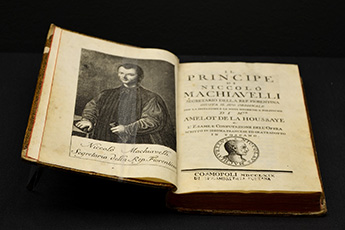PwC research finds 50% of people over age 35 say they choose their primary bank based on local presence of a branch or ATM vs. only 30% for those younger than that. For this younger group, the research finds 50% choose their primary bank based on friend or family recommendations instead of branches/ATMs.
As you think about what marketing efforts you have underway to target customers both under and over age 35Ys old, we look as well at how important it is to form good memories for customers when they have experiences with your team.
According to the findings of Nobel-Prize winning economist Professor Daniel Kahneman, what people ultimately remember about an experience is determined by the way that experience ends. That means customers with an overall positive experience at your bank can change their mind if there is a last-minute glitch during their interaction or something negative occurs at the end of their visit. In that case, the brain changes the perception of the experience from good to negative by what went wrong. The good news is that the opposite is true too. If something happened that soured a customer experience, ending the call or the visit on a high note leaves that customer with a good image of your bank.
This is known as the Peak-End Rule and it can help community banks get more business and keep more customers happy. Kahneman contends that because people's brains are far from perfect, the way we remember the experiences that we have is heavily influenced by the point when we feel the greatest emotion, or what happens at the end of that experience.
Since the way that we remember experiences ultimately determines our outlook on the people or businesses involved, a person's loyalty is heavily influenced by such memories too.
Beyond a specific memory, the perception and outlook customers have regarding your bank are also influenced by their cumulative experiences. This includes everything from an ad or billboard they may have found amusing, to positive news linking your bank and local charities. So, it is important to consistently emphasize the same positive traits you want people to associate with customer service experiences across all communications, including digital.
To make this happen, take time to identify what it is that your bank wants people to associate with your customer service. Then, think about what emotions you need to elicit for positive associations. Next, make sure all employees are on the same page and work together to help elicit the feelings desired.
Some ways to help make this happen could include teambuilding activities that focus on the core values you want to convey. Another is to send regular reminders via internal communications. Another still is to spotlight certain success stories with customers to emphasize these positive traits in a concrete manner.
No matter what though, consistency is essential and it is important to actively emphasize whatever message you are trying to send with every interaction you have with customers. We know many of you do this already, so, perhaps this is just a gentle reminder.




